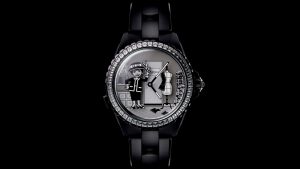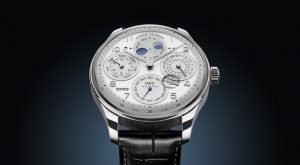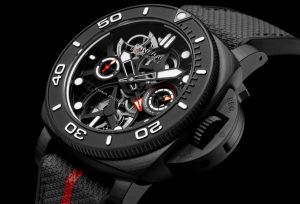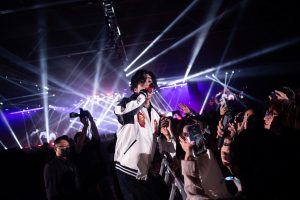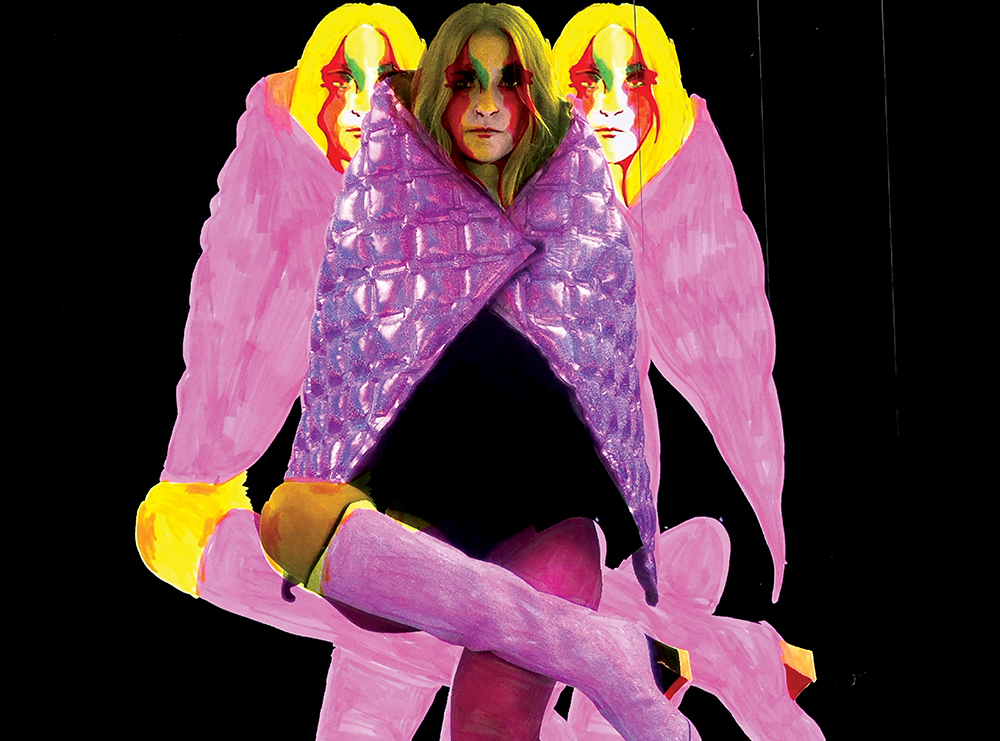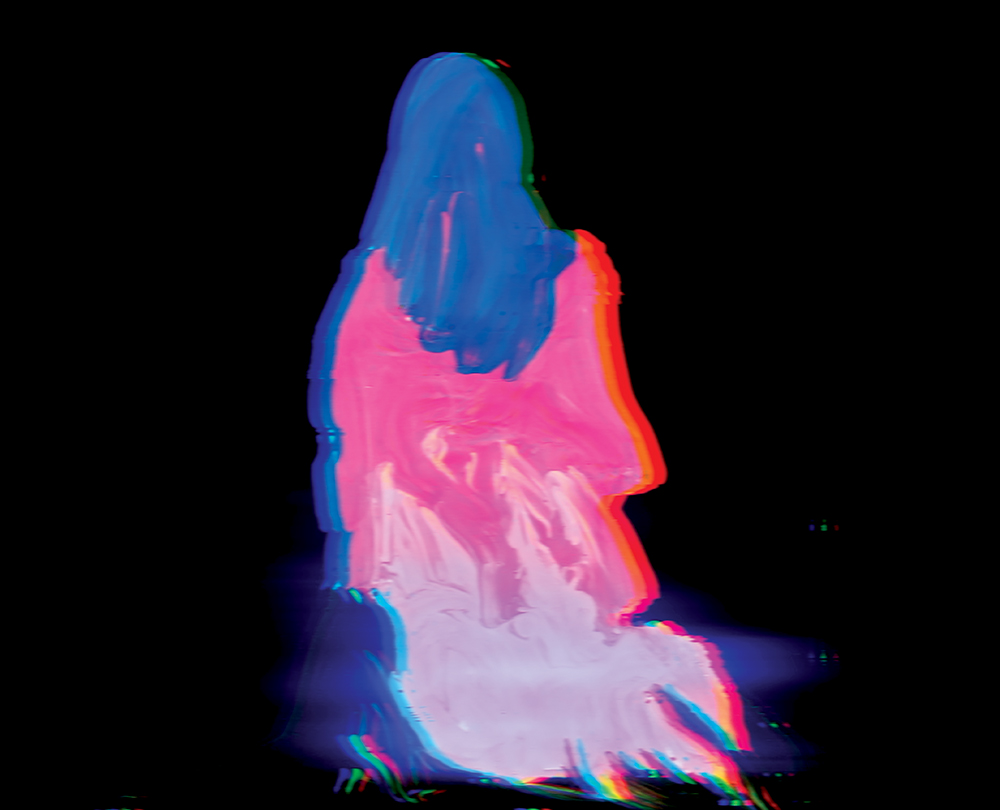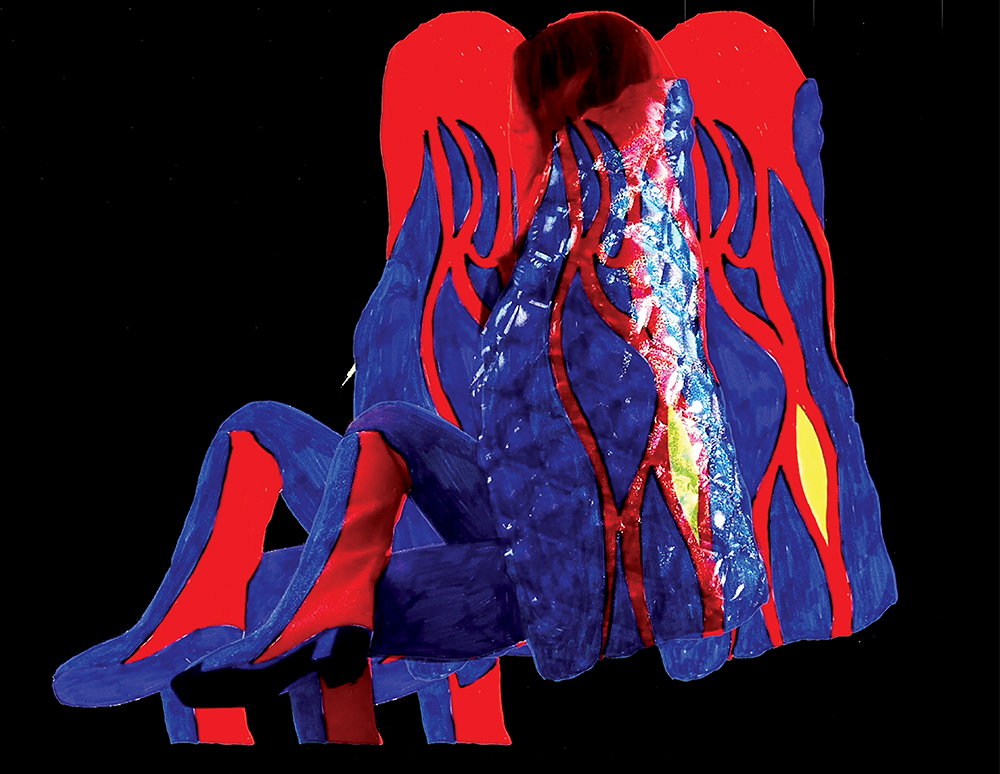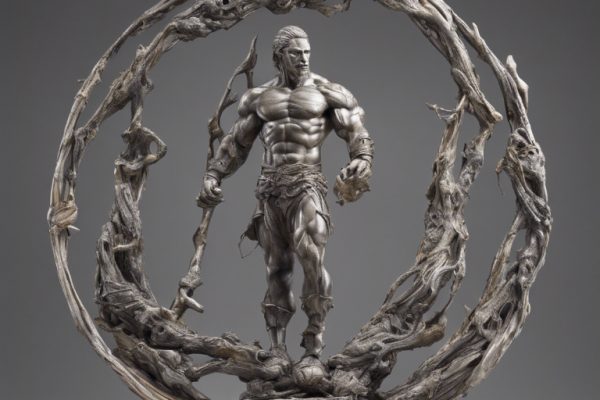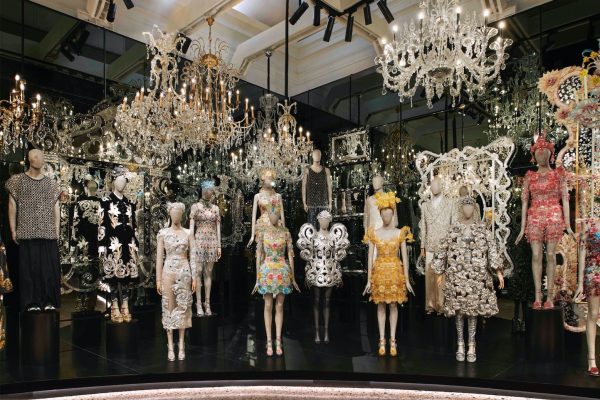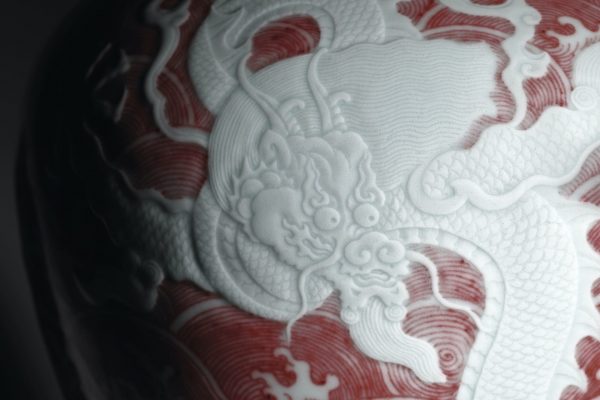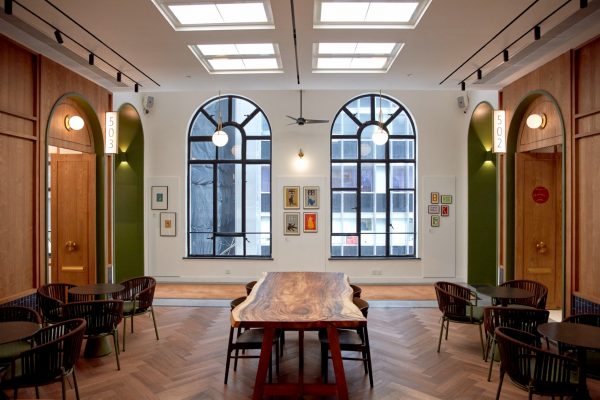#culture / #art & design
Psychedelic film: Portrait Zootropique de Joana Preiss
BY #legend
November 1, 2017
Julien Ribot: director, musician, singer, illustrator and visual artist. He’s been described as a neopsychedelic nerd by the French press. His musical influences range from Fats Waller and David Bowie to Schumann, Chopin and Debussy, and to Steve Reich, Philip Glass and Joy Division. Currently, he works on several in situ creative projects with the Museum of Modern & Contemporary Art in Nice, and with La Villette and the Centre Pompidou in Paris. He’s writing his first feature film, for which he is also composing the music; Ribot aims to elaborate a “case of musical spontaneity” by using syntax mixed with architecture, video mapping, animation and sound creation (especially pop music and musique concrète).
Along the way, he met Paris-based Annabelle Jouot. As well as being a wool-weaving artist, she has worked as fashion director of the magazine Under the Influence and fashion editor for Grazia in France; she currently freelances as a fashion editor and stylist for numerous titles, and handles commercial campaign work for leading fashion houses and top photographers.
Ribot had planned a project for several years with French performer Joana Preiss. Among her numerous credits, Preiss has worked with directors Olivier Assayas (she starred alongside Hong Kong’s Maggie Cheung in Clean),Christophe Honoré and Nobuhiro Suwa, and is a long-term collaborator with American photographer Nan Goldin.
So it’s serendipity indeed as these three luminaries have finally joined forces for Portrait Zootropique de Joana Preiss, a short film that runs three minutes and 19 seconds. From artistic direction to music, it combines the best of Ribot’s art with Jouot’s fashion stylings; Preiss, dressed in head-to-toe Chanel (from the autumn/winter 2017 collection), has written the music with Ribot and sings.
The intriguing term “zootropique” stems from the ancient Greek terms “zoe” (meaning “life”) and “tropos” (“turn”, “change” or “response”). Not unlike British sculptor Antony Gormley, Ribot is fascinated by the mechanisms of the solar system. “Our planet turns on itself at more than 100,000km/h – it sounds logical that my portrait turns on itself, too,” he professes. “I like the idea that the movement of celestial bodies and the movement of human bodies are linked.” The zoetrope is also the 19th-century pre-cinematic device, in which the spectator had to watch through a hole to see the illusion of movement as it rotated. “It reminds me of peep-show booths – it has that same immodest dimension of voyeurism,” says Ribot.
His influence for the film was no lesser an alchemist than Salvador Dalí, who created Restrospective Bust of a Woman in 1933, one of his earliest surrealist works, in which he placed a zoetropic band around the neck of a milliner’s bust, as well as a baguette, two corn cobs and feathers.
Jouot sees Portrait Zootropique de Joana Preiss as an artistic object. Her inspiration came in the form of a Céline campaign shot by Juergen Teller, in which models were cut out and placed on a single-colour backdrop, collage style. Ribot explains that everything was shot in stop-motion style and all the images were captured with an old smartphone, thereby lending a lack of exactness to the images and exaggerating the sense of raw spontaneity. The result is a trippy, tropey, stop- motion gallimaufry of cultural association and reference.
On October 12, the film was projected on the walls of the Museum of Modern & Contemporary Art in Nice. While Ribot and Jouot haven’t shown the work in Asia yet, it could be in the cards. He’s currently working on an adaptation of a Victor Segalen theatre performance, and anticipates co- producing a play between France and China. “It would be my dream to make a creation in situ on the crazy buildings you have in Hong Kong,” he says. The feeling’s mutual.
Check out the film on Youtube.
This feature originally appeared in the November 2017 print issue of #legend









